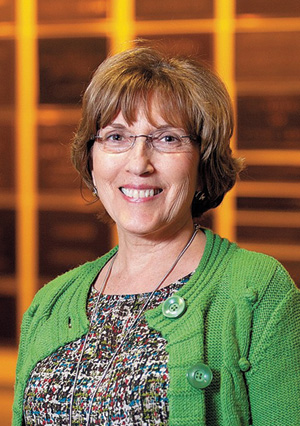D’var Torah: Redemption in time
Published March 6, 2013
The book of Exodus ends with two portions, Vayakheil and Pekudei, one of the seven possible double portions calculated to keep the alignment of the Jewish year. Each of the five books in the Torah has several names. In Hebrew, the Book of Exodus is referred to as Shemot, the Book of Names. In the Talmud, it is referred to as the Chomesh-Sheni (the Second-Fifth). Nachmanides – also known by the acronym RAMBAN (Rabbi Moses ben Nachman, 13th century, Spain) — called it the Book of Exile and Redemption (Galut v’Ge-ulah) because it begins with the descent into Egypt and concludes with God’s Presence filling a temporary sanctuary.
Vayakheil begins in the aftermath of the golden calf with Moses regrouping the Israelites in order to reiterate the ground rules regarding the primary Jewish mission in life. The most frequent response to the question about Jewish purpose or mission is tikun olam, the repair of the world. It is a great response but it is a concept that enters Judaism long after the events in the Book of Exodus.
In this week’s portions, Moses gathers the entire population as witnesses to a new reality about Time. Even before the Ten Commandments are announced publicly, the recent former slaves are introduced to the Jewish secret for success in life. The secret for success is called Shabbat, and this week the secret is revealed again against the background of all the open hearted giving that goes into building a physical place for God’s Presence to dwell. Before the story expands into the artistry and the architectural appointments of a glorified Temple, Moses tells us to become architects of time.
In Ramban’s view, the story of Exodus begins in a state of not belonging and concludes with a redemption that comes from a sheltering community. Shabbat is the redemptive process allowing individuals to regroup after the many experiences of exile during the intervening days. There are many self-help books on the market that promise to disclose the secrets to success, health, love, longevity, and happiness. The secret of Shabbat has proven to be a more enduring promise.
The Zohar’s mystical commentary (13th century Spain) uses Vayakheil to inspire spiritual investment in Shabbat. It was thought of as a time when the transcendent and the more familiar, imminent aspects of Godliness were reunited. As part of this weekly celebration of wholeness, humans were given a deeper wellspring to nourish their own redemption in the promise of an additional-soul. Where does this soul come from? The kabbalists in the time of the Zohar believed it came from the ruach – the Divine Spirit that infuses all life. They also imagined that this extra-soul would hang out in the Garden of Eden where it served as a source of delight and renewal for THE DIVINE. Their worldview was founded on a belief that our behavior on earth was a mirror of the heavenly realms.
The biblical narrative directs the ancient Israelite about the God-things (e’leh devarim) they must do. They are obligated to ‘do’ Shabbat or face some heavy consequences. The Zohar, some twenty-five hundred years later, invites its’ readers into the mysteries of sanctified time and all the benefits possible when one surrenders to the promise of Shabbat. Long after the Temple is destroyed and during the long experience of living in exile, moments of redemption were made possible by visiting the sanctuary in time.
Zohar means illumination and it records a story in Vayakheil about two rabbis, Abba and Chiya who are grieving the loss of a great teacher. “Who”, cries Chiya, “will illuminate the light of Torah for the world?” Abba consoles him with these words. “We will do it together!” Shabbat is one of the great lights of Torah. Find a friend and, as Moses commands in the Name of the Holy Blessed One, go and do that you may find the promise fulfilled!















